1. The Basic Meaning of Yijing
The word Yijing is composed of two characters:
-
Yi (意): meaning thought, feeling, and inner intention. It refers to the emotional resonance and philosophical reflection the artist wants to convey.
-
Jing (境): meaning scene, realm, or setting. It refers to the visible imagery or atmosphere within the artwork.
Together, they form a fusion of “the intention within the scene” and “the scene shaped by the intention.” In short, Yijing is the aesthetic realm where external imagery and internal emotions are harmoniously merged into a transcendent experience. It is neither a purely subjective imagination nor a mechanical reproduction of reality, but rather a poetic state where mind and object, the real and the imagined, are interwoven.
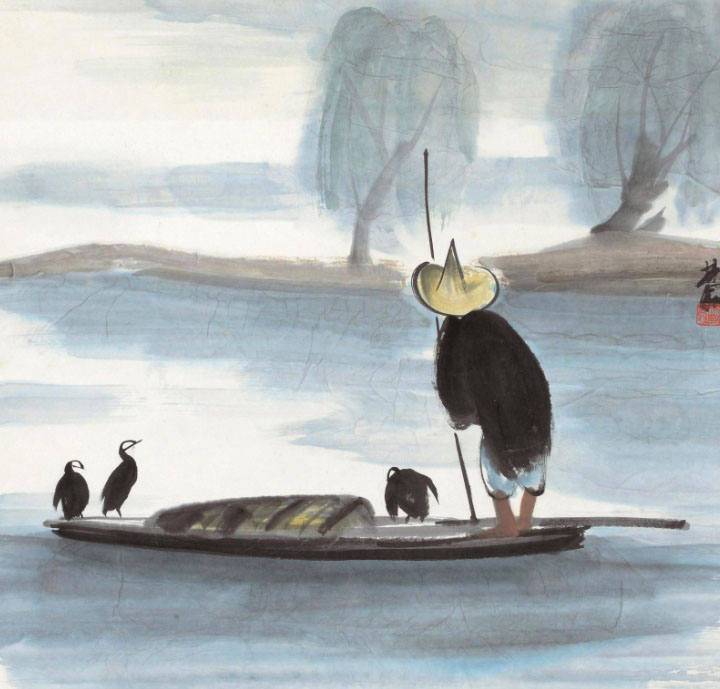
2. Artistic Characteristics of Yijing
-
Integration of the real and the imagined: tangible forms are combined with spiritual suggestion.
-
Fusion of emotion and scenery: landscapes are imbued with feelings, objects become mirrors of the mind.
-
Restraint and suggestiveness: emphasis on leaving space and resonance for the viewer’s imagination.
-
Transcendence of reality: although rooted in reality, it rises above it, often reaching a state where the self and the external world dissolve into one.
These qualities explain why Yijing is regarded as the highest aesthetic pursuit in Chinese art, especially in landscape poetry and ink painting.
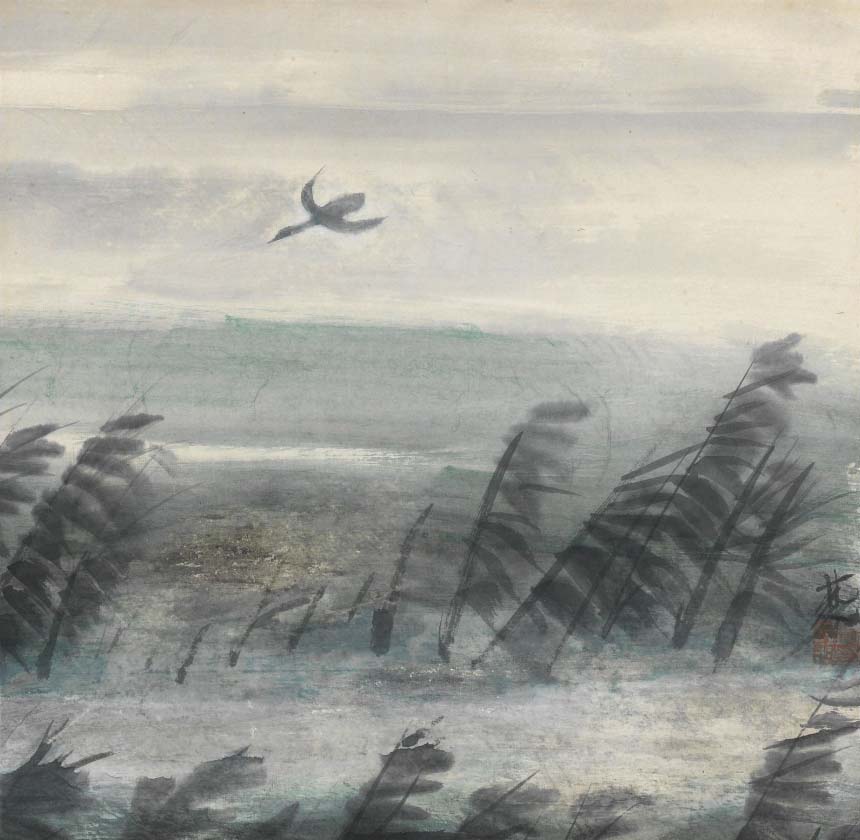
3. Comparable Western Terms and Their Differences
When introducing Yijing to Western audiences, one often relies on familiar English terms as points of reference. However, none of them can fully capture its meaning. Below are some of the closest equivalents:
—— Mood
Similarity: Refers to the atmosphere or emotional tone a work creates, which overlaps with the emotional layer of Yijing.
Difference: Mood stays primarily at the level of emotion, while Yijing integrates emotion, philosophy, and artistic ideal into a unified realm.
—— Ambience
Similarity: Focuses on the surrounding environment and sensory experience, which resembles the “scene” aspect of Jing.
Difference: Ambience is external and environmental, while Yijing stresses the fusion of Yi and Jing, where the mind transforms the scene.
—— Imagery
Similarity: Evokes mental pictures and associations through words or visuals, much like Chinese art uses concrete images to convey meaning.
Difference: Imagery emphasizes sensorial or visual representation, whereas Yijing aims at leading the audience into a spiritual or transcendent state.
—— Aesthetic Conception
Similarity: A more theoretical term that highlights the artist’s construction of an aesthetic realm, closer to the conceptual aspect of Yijing.
Difference: In the West, Aesthetic Conception tends to be abstract and analytical, while Yijing emphasizes intuitive experience and the natural emergence of artistic realms.
—— Poetic Vision
Similarity: Suggests a symbolic, transcendental, and poetic perception of reality, resonating with the Chinese notion of subtlety and suggestiveness.
Difference: Poetic Vision is often limited to literature, while Yijing applies broadly to poetry, painting, calligraphy, and even music.
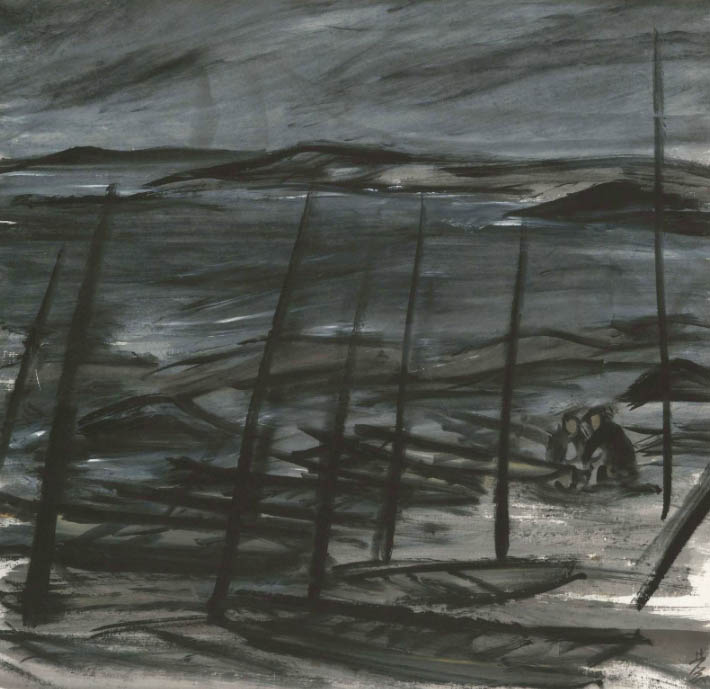
4. Challenges in Cross-Cultural Understanding
Western audiences often attempt to approximate Yijing through a combination of mood imagery philosophy, yet this still misses its essence. For example, in Chinese landscape painting, “blank space” is not simply the absence of content but a deliberate aesthetic strategy to invite the viewer’s spirit to wander. This principle of “using emptiness to suggest fullness” is rare in Western art traditions.
Moreover, the Chinese philosophical idea of “the unity of man and nature” profoundly shapes the creation of Yijing. Nature is not a passive object to be depicted but a mirror that resonates with human spirit. This fundamental worldview often requires careful explanation for Western readers to appreciate the depth of the concept.
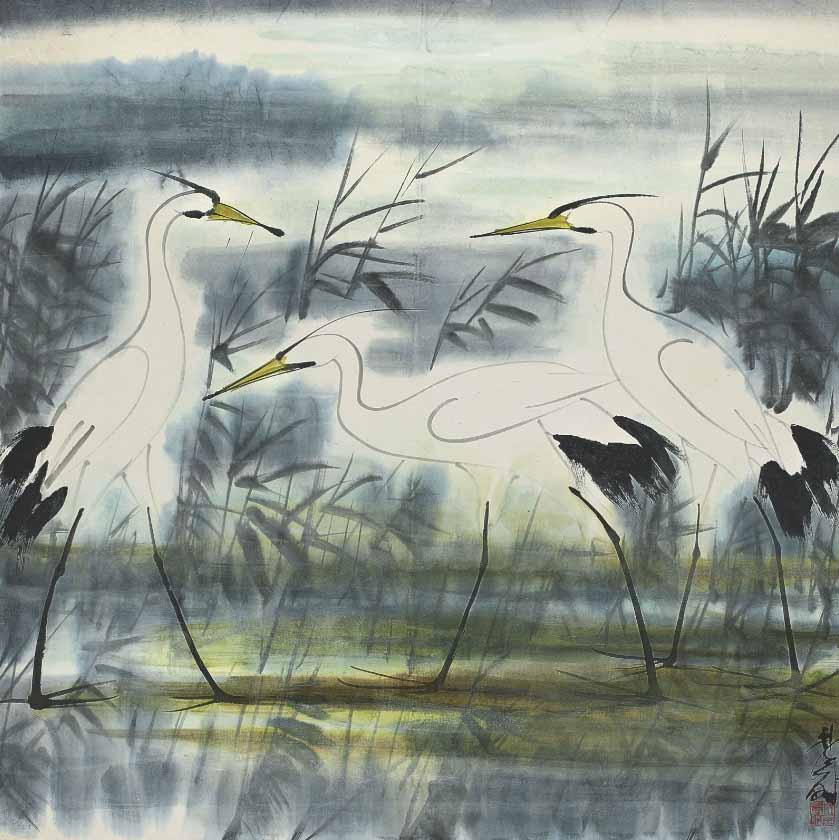
5. Conclusion
Yijing is more than an artistic term; it is a distinctive form of Eastern aesthetic wisdom. It emphasizes the fusion of subject and object, the interplay of feeling and scene, and the coexistence of the finite and the infinite.
While Western terms such as Mood, Ambience, Imagery, Aesthetic Conception, and Poetic Vision can help approximate certain aspects, none can fully embody its depth. For Western readers, a useful way to understand Yijing is as an integrated aesthetic realm—a holistic artistic state where atmosphere and imagery, feeling and philosophy, nature and self converge. Only through personal experience and immersion can one truly sense the subtlety and profundity of this concept.
Comparative Table of Related Terms
|
Chinese words |
English version |
Similarities |
difference |
|
意境 (Yijing) |
Integrated Aesthetic Realm |
Fusion of inner feelings and external imagery |
Unique to Chinese aesthetics; emphasizes transcendence and harmony of mind and nature |
|
气氛 (Qifen) |
Mood |
Focus on emotional tone or atmosphere |
Limited to emotions; lacks philosophical depth |
|
环境氛围 (Huanjing Fenwei) |
Ambience |
Concerned with environmental setting and sensory effect |
External and environmental; lacks fusion with inner intention |
|
意象 (Yixiang) |
Imagery |
Evokes associative mental pictures |
More sensory/visual; not necessarily transcendent |
|
审美构想 (Shenmei Gouxiang) |
Aesthetic Conception |
Theoretical framework of artistic ideas |
Analytical and abstract; less intuitive |
|
诗意视野 (Shiyi Shi Ye) |
Poetic Vision |
Symbolic and transcendental, poetic in nature |
Restricted mainly to literature, while Yijing applies across art forms |
About Artphiloso
Hi, I’m Philo, a Chinese artist passionate about blending traditional Asian art with contemporary expressions. Through Artphiloso, my artist website, I share my journey and creations—from figurative painting and figure painting to floral oil painting and painting on landscape. You'll also find ideas for home decorating with paint and more.
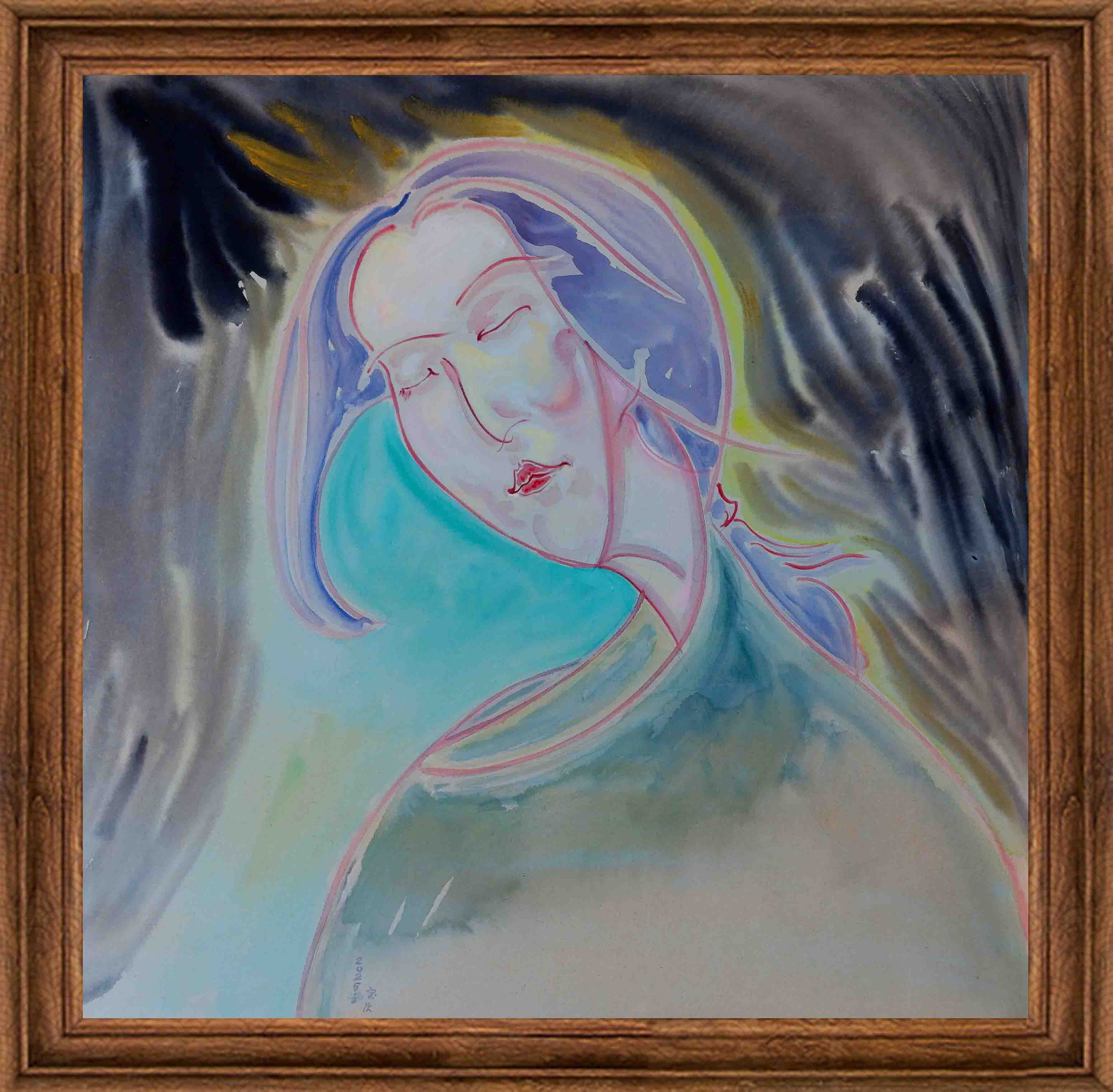
FAQs
Q1: What does “Yijing” (意境) mean in Chinese art and literature?
A1: Yijing refers to an integrated aesthetic realm where inner feelings and external imagery merge. It combines emotion, philosophy, and scenery into a transcendent artistic state, going beyond simple mood or visual representation.
Q2: How is “Yijing” different from the English word “Mood”?
A2: While Mood describes the emotional atmosphere of a work, Yijing goes further by incorporating philosophical reflection, poetic resonance, and spiritual depth. It is not just about feeling, but about creating an artistic realm that unites heart and nature.
Q3: Can “Yijing” only be found in poetry?
A3: No. Although the concept is deeply rooted in classical Chinese poetry, Yijing also exists in painting, calligraphy, music, and other art forms. For example, Chinese ink landscape painting often uses blank space to suggest infinite meaning, which is a classic expression of Yijing.
Q4: Is there a Western equivalent to “Yijing”?
A4: There is no exact equivalent. Terms like Mood, Ambience, Imagery, Aesthetic Conception, and Poetic Vision each capture part of its meaning, but none fully convey the holistic, transcendent quality of Yijing.
Q5: Why is “Yijing” important in understanding Chinese aesthetics?
A5: Because it represents the highest artistic ideal in Chinese culture—where emotion and scenery, reality and imagination, self and nature merge into harmony. Understanding Yijing helps Western readers appreciate the depth of Chinese art beyond technical skill or representation.
Q6: How does “Yijing” influence the value of an artwork?
A6: Works that successfully express Yijing often carry deeper cultural and philosophical resonance. Collectors tend to value them more highly because they embody not just visual beauty but also spiritual depth and cultural meaning, making them timeless pieces.
Q7: When buying Chinese paintings online, how can I recognize “Yijing”?
A7: Look for artworks where emotion and scenery blend seamlessly. For example, landscape paintings that use space, contrast, and subtle brushwork to evoke feelings beyond the visible image usually carry a strong sense of Yijing. Reading the artist’s notes or interpretation can also help.
Q8: Why is understanding “Yijing” important for international art buyers?
A8: For international collectors, knowing about Yijing helps bridge cultural differences. It allows you to appreciate Chinese artworks on a deeper level, beyond surface aesthetics, and make more informed decisions when collecting or investing in Eastern art.
